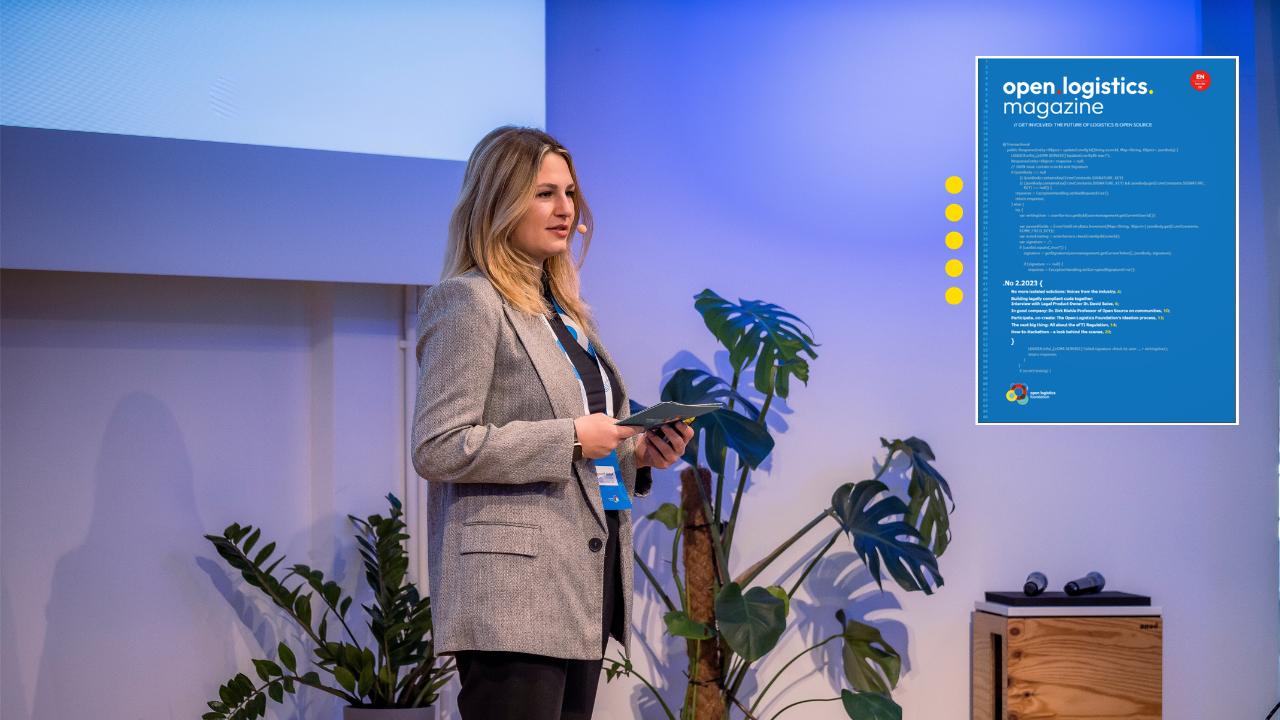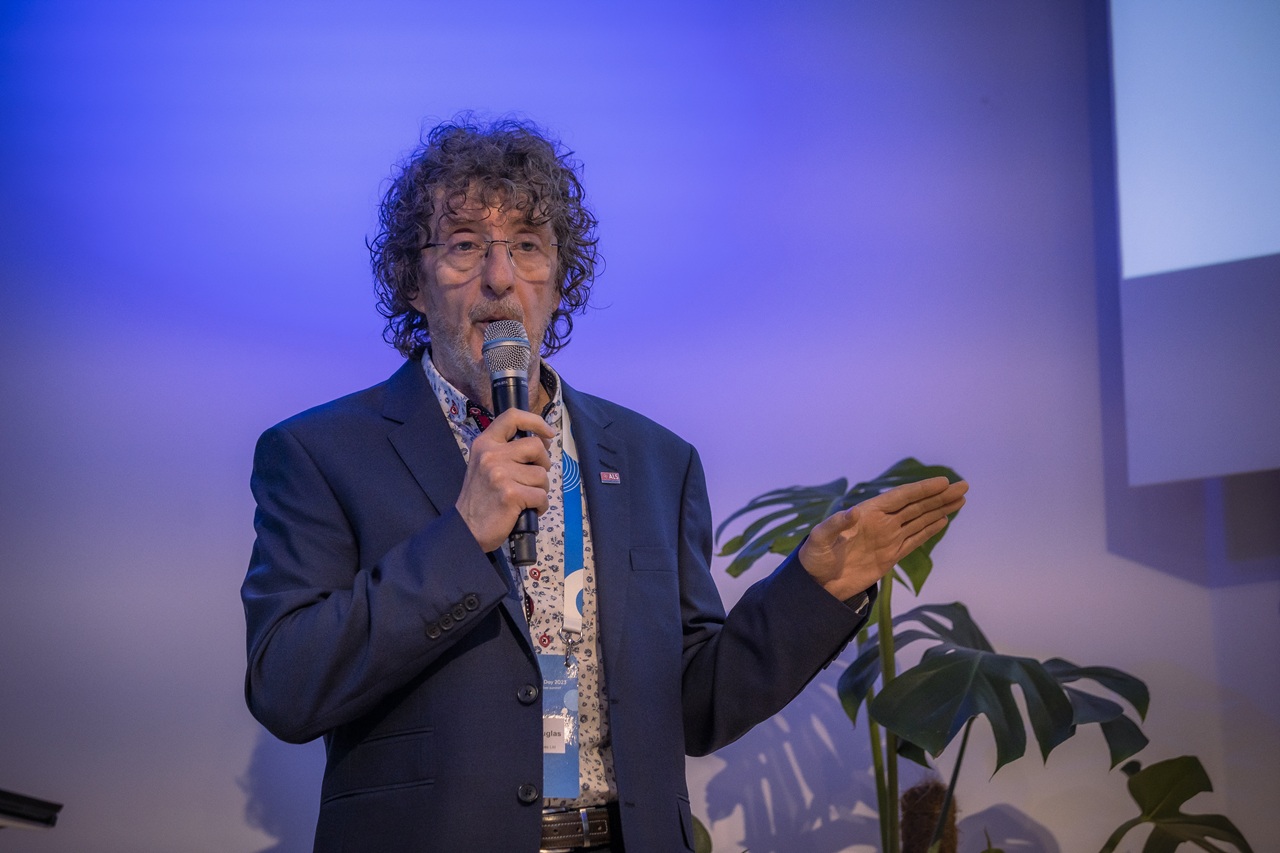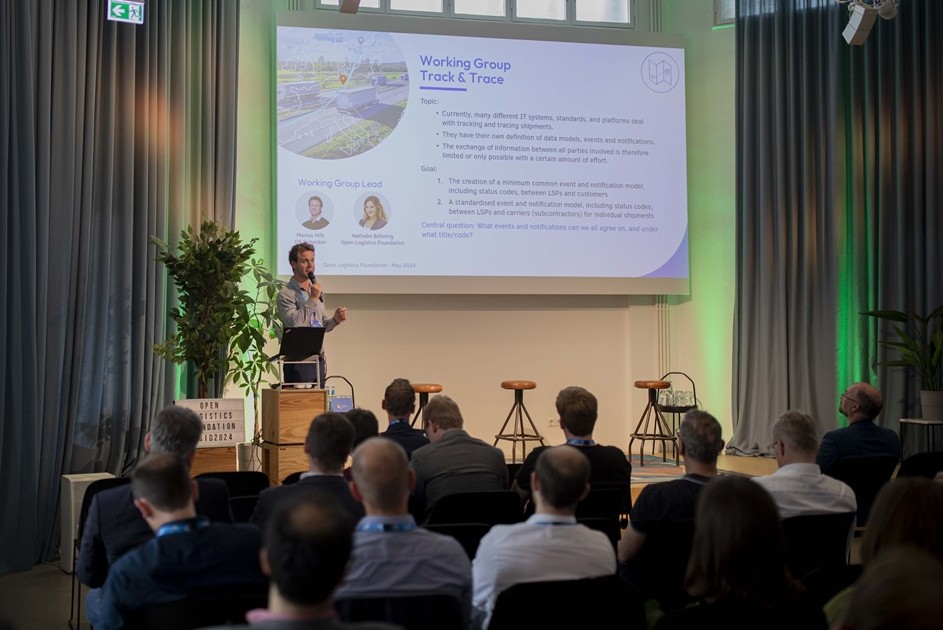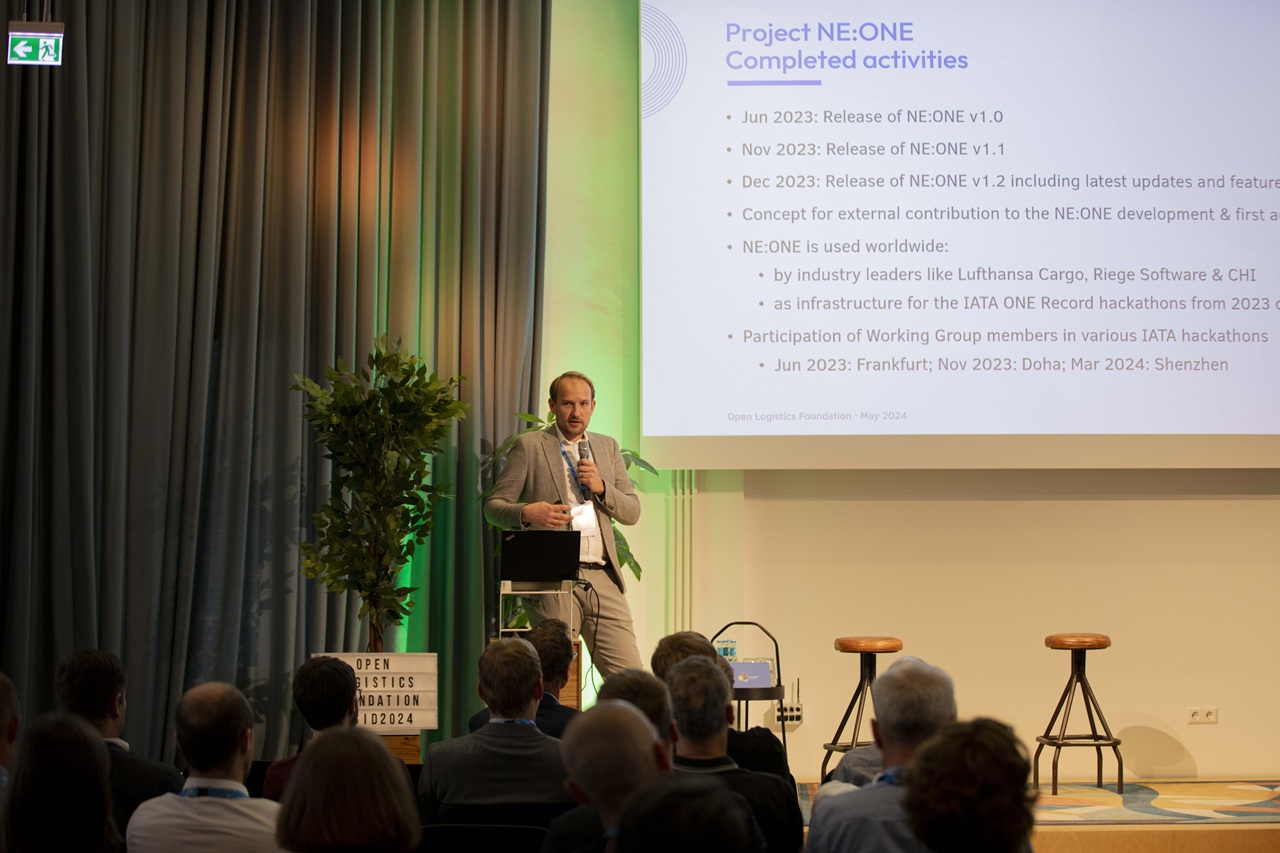Who determines the topics of the Open Logistics Foundation Head Office?
In the Open Logistics Foundation, all participants are in regular contact: The members of the office and the members of the Innovation Community (member companies) maintain an open exchange under the neutral umbrella of the Foundation. The impulse for new topics, Working Groups and projects comes from the companies themselves. The topics are processes, applications, or interfaces from the logistics and supply chain management that every company must deal with and that are relevant to the entire industry. The logistics reference is important, but there are no industry boundaries.
What is the role of the Head Office in this process?
The office team sees itself as an enabler, matchmaker, and moderator. It collects and bundles ideas, supports the partnering of companies and drives it forward. The heart and core of the ideation process is the planning and implementation of workshops with companies.
How do these workshops work?
All companies work together as equals, whether small or large. To concretise new ideas and develop topics, the method of Design Thinking is used. This also includes creativity techniques. It is crucial to create a common understanding of a topic among all participants and to work out the status quo. In some cases, Minimum Viable Products are already developed in this phase. This helps to concretise ideas.
When does an idea go into implementation?
If several companies pledge their cooperation and one company provides a representative for the lead, a Working Group or project can be set up. This is the start of the concrete technical implementation. Both the workshops and the meetings of the Working Groups and projects take place hybrid, the regular meetings remote. This is fast, efficient and saves resources for all participants.
“EVERY COMPANY BRINGS ITS PERSPECTIVE AND WE LOOK FOR THE GREATEST COMMON DENOMINATOR.”
Nathalie Böhning supports the identification of topics for new projects: Innovation and Project Manager at the Open Logistics Foundation.
This article was published in the second issue of the Open Logistics Magazine. You can read the entire magazine and register for future editions here.




